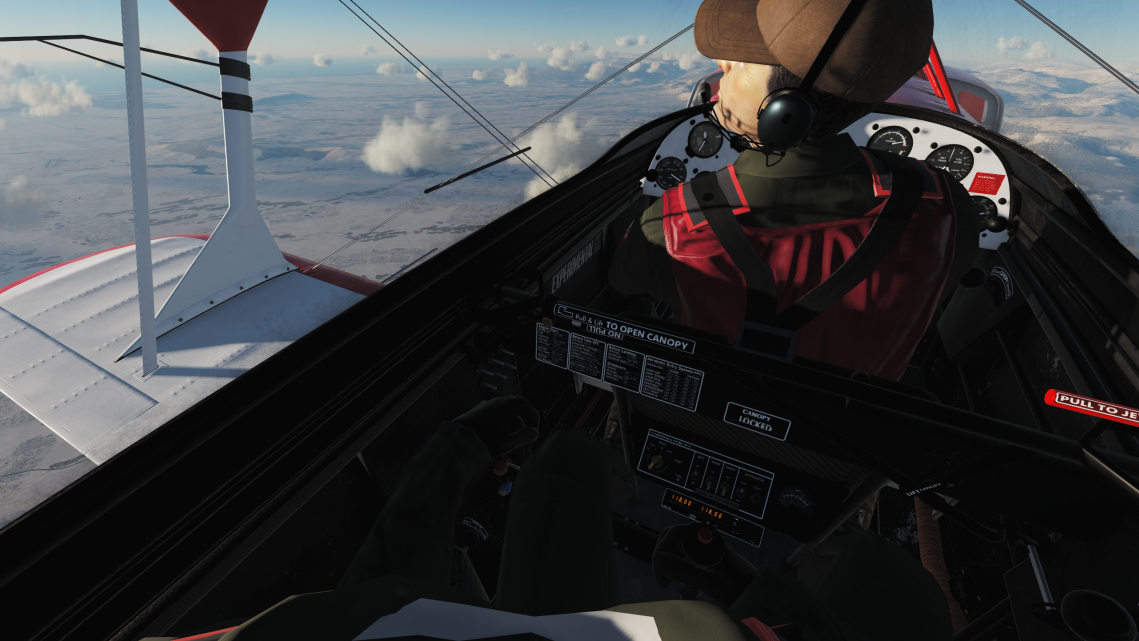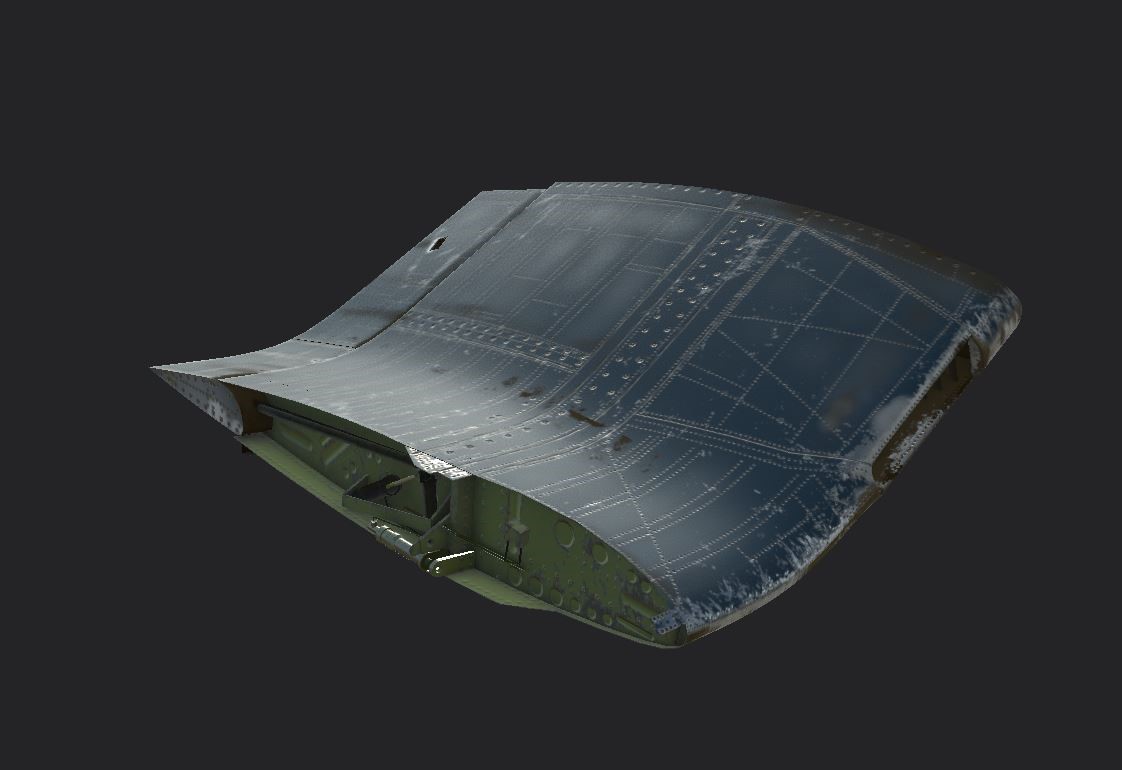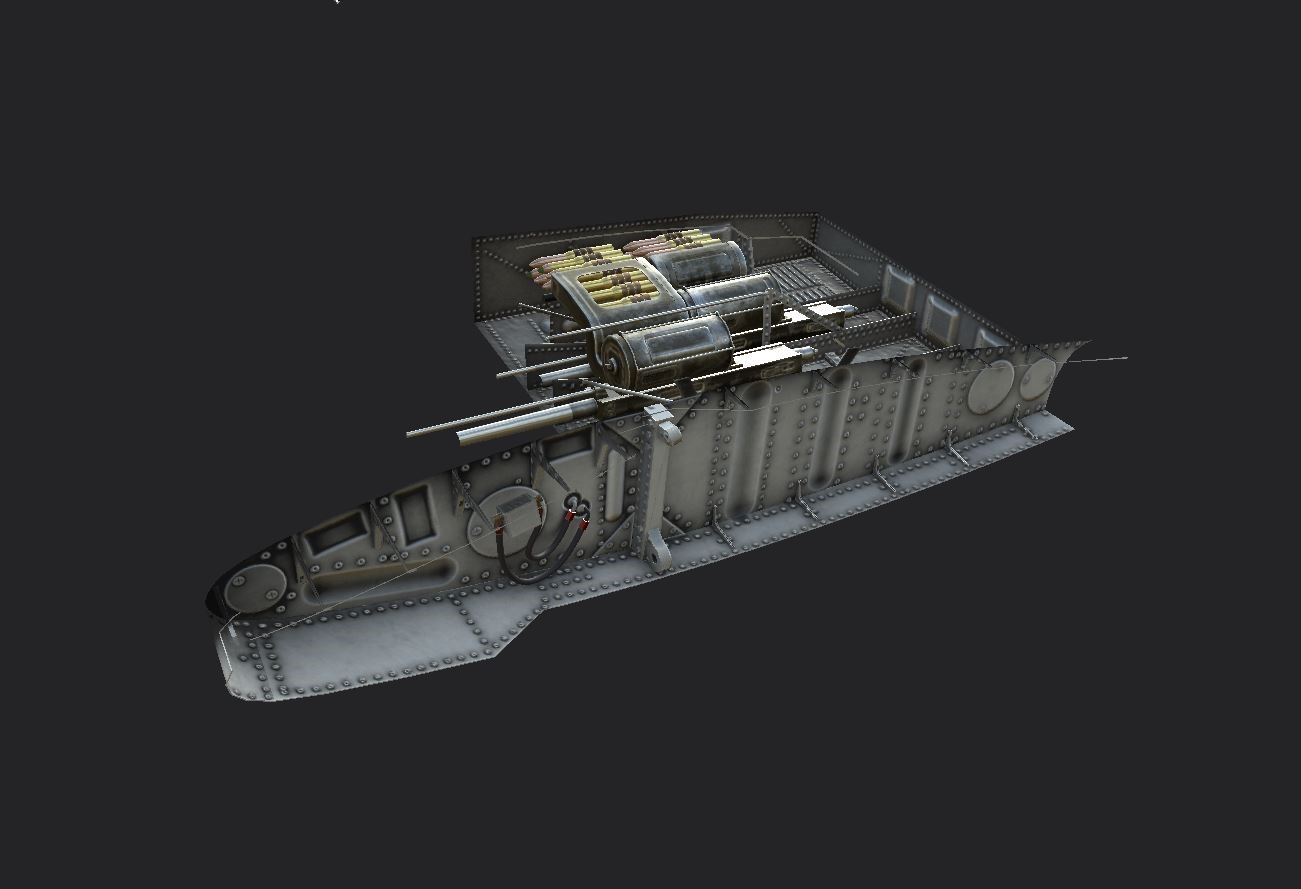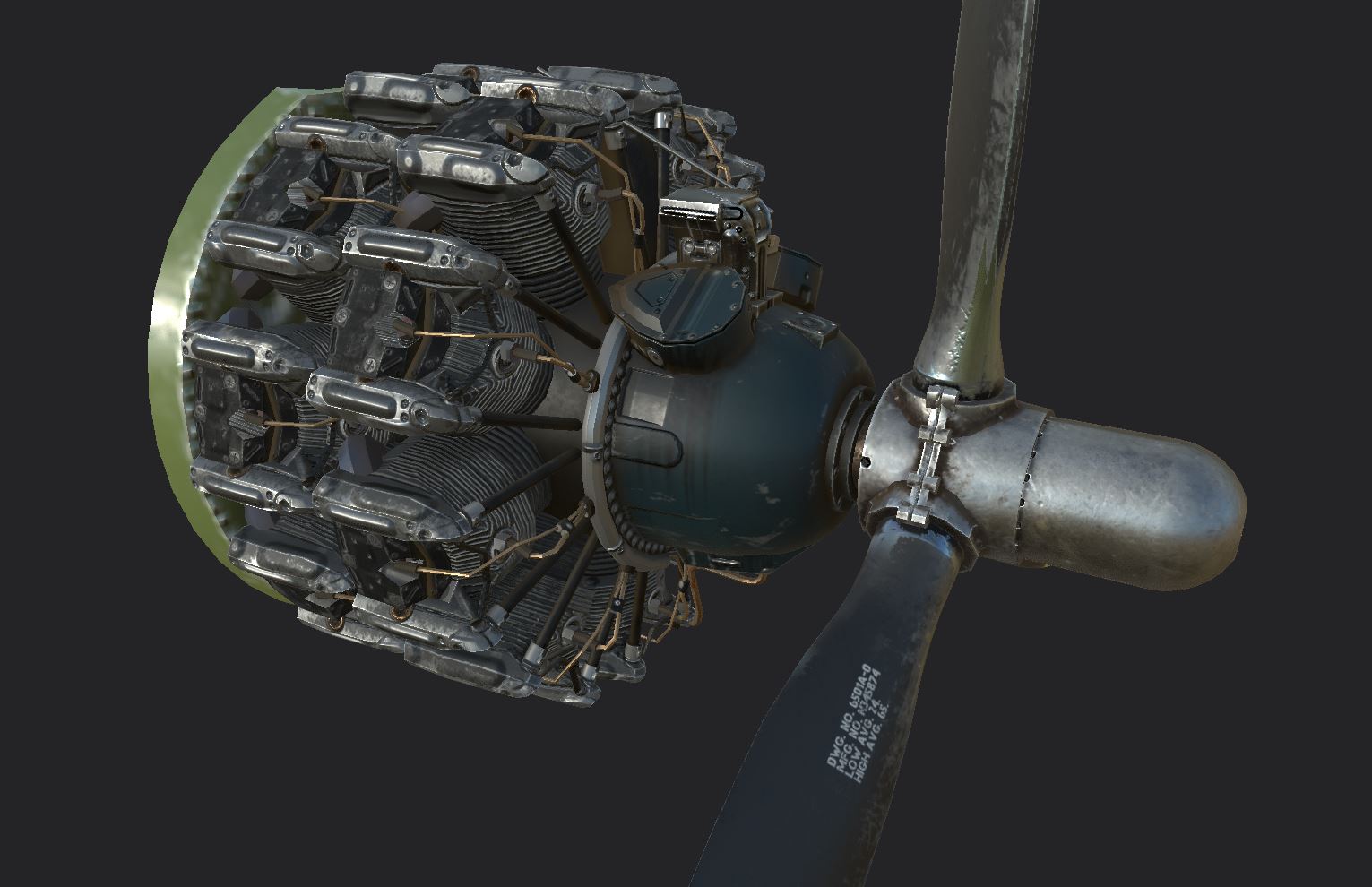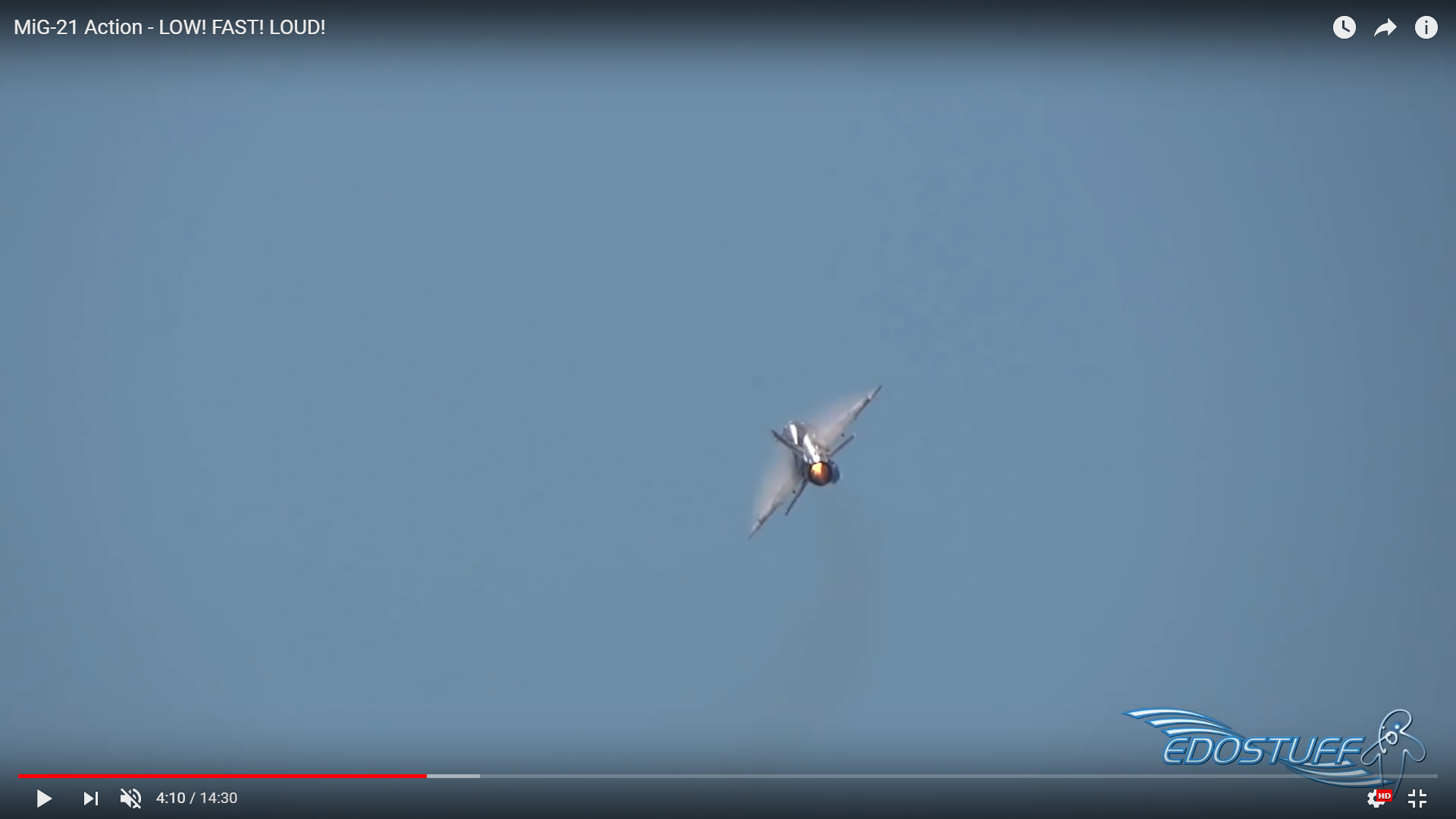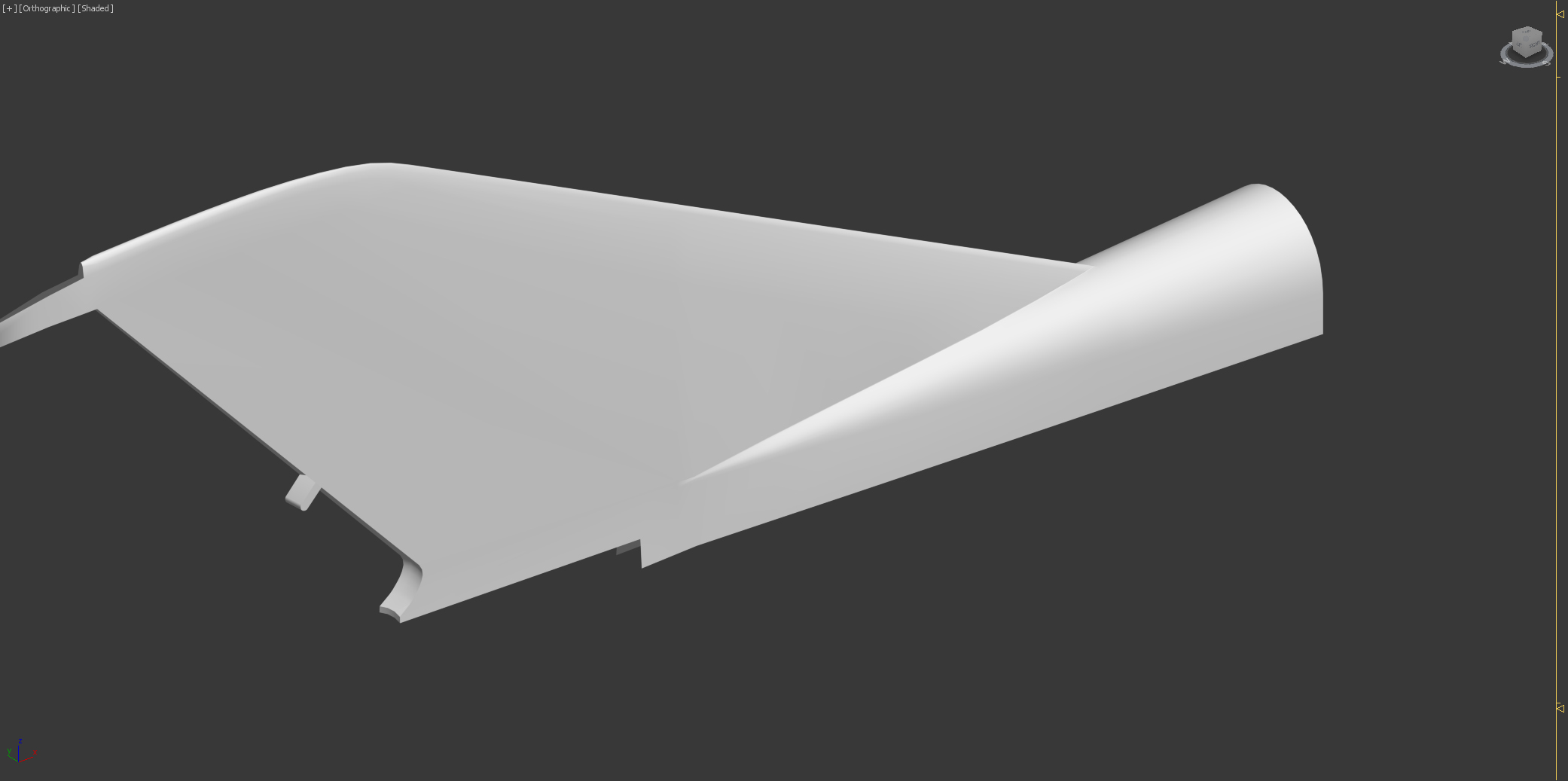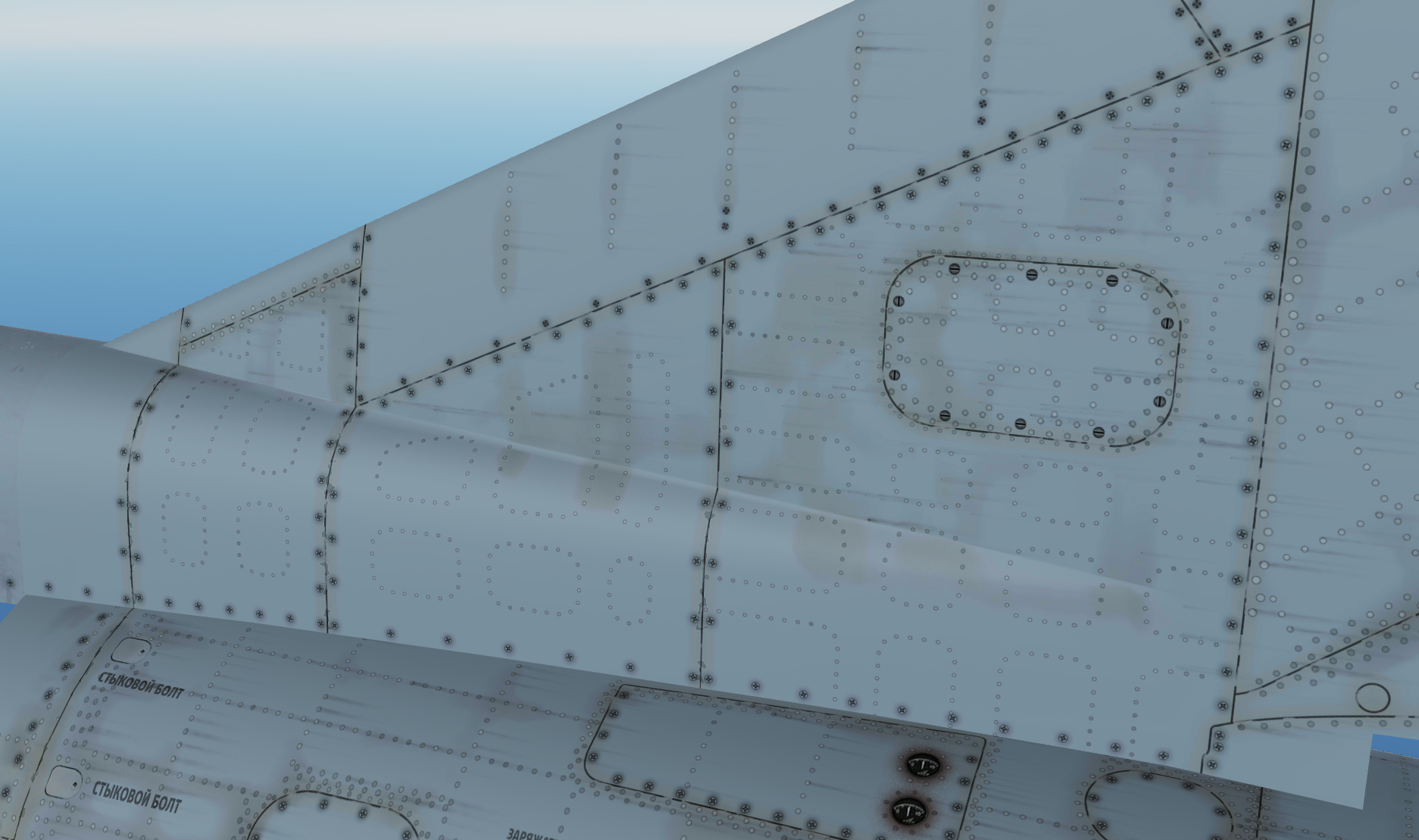Dear Pilots,
As the new year rolls in, so do changes in people’s environments. Last week, the first general aviation aerobatic biplane, the Christen Eagle II was launched for Digital Combat Simulator!
The Christen Eagle II, which later became the Aviat Eagle II in the mid-1990s, is an aerobatic biplane aircraft that has been produced in the United States since February 1977.
Designed by Frank Christensen, a veteran WW2 P-51D pilot and aerobatic competitor, it was originally built to compete with the Pitts Special. You’ll find that the Eagle is hard to beat in terms of flying excitement and adventure, and yet the ease of control allows even average pilots to feel like masters of aerobatics.
Below is a brief review written by our reference pilot, who was extremely important in the process of creating the flight model, providing not only verbal input but also recording in-flight footage. His input was crucial to get to where we are now. Now you can read his experiences with the process of creating our module, comparing it to the real aircraft and much more:
I have been a professional aviator for over 15 years and my family is heavily invested in aviation. I have been flying aerobatics for over 5 years learning basic acro in an Acrosport II, followed by a Pitts S1, and now the Christen Eagle II. I teamed up with Magnitude 3 this pass summer to assist in fine tuning the FM and the 3d model by taking videos along with pictures for direct simulation into DCS. Since then the Eagle’s FM has… Read More...
Once she was put back together, radio tested, and bathed it was time to truly put Eagle to the ultimate test in comparison and make sure what we had been working so hard on these passed few months was worth it. The point at which I knew that we had achieved an amazing recreation for sim was when I did my first torque roll. Yes, everything else was spot on in loops, rolls and all your typical “gentlemen” acro maneuvers. But when I went into vertical to start the torque roll, I was saying to myself, “ok this looks like it did in DCS this is good come on keep going.” Then when the roll came on with the rate and speed, I literally screamed in excitement because the sim was EXACTLY IDENTICAL! This was one of the greatest moments that I’ll remember in my aviation career. After landing I realized that I now have almost a 1:1 simulation in my basement. It is literally improving aerobatic abilities exponentially.
My lines are more straight while snaps and 4 point rolls more crisp. Avalanches more solid and round. All of this is greatly in part to Magnitude 3’s Christen Eagle. Yes there are a few things that need tweaked here and there but it’s being worked on. As of now this recreation is nearly spot on but one thing that you must understand when flying this airplane on your computer is that you’ll be missing one key component that is essential when flying aerobatics and that is the feeling of G’s. G forces are a huge component when throwing these airplanes around in RL. It lets you know how the airplane is performing and how much energy you’re wiping off while your head is pinned outside trying to line up your routines. This can never be fully re-created in a sim unless you have rumble seat pad or you can create a fully enclosed motion sim that can somewhat simulate the feeling of G’s. But if I was to give someone who had zero experience in a CE2 a pair VR goggles and told them to put them on and start learning how to truly fly the Eagle and put it through all of the motions, I could then take that same person and put them in the front seat, with me in the back, and most likely have them flying solo within a few hours if that.
Based on users input and suggestions we’ve worked for the past week not only on fixing any discovered bugs, but also enhancing existing features – as you can see above, we’re working on more detailed pilot models with improved animations. We’re also updating trim tab animations, improving internal sounds and further adjusting the flight model.
Here are more “first look reviews from several known content creators! Make sure you subscribe to their channels for DCS related updates!
F4U-1D Corsair
So we’re pretty sure you’re ready to have your Mk II Eyeballs cringe with excitement, and have mentioned for months the Whistling Death is going through texture conversion for physically based rendered textures. Our artist has almost completed retexturing of all enclosed or hard to access parts and objects, after that he will proceed with the large airframe areas. This should take far less time, after which we can move on to cockpit retexturing. Hopefully, by the time we post our next update, we will be able to show you a complete or near complete external model. Below, is our work in progress sneak peeks, but do keep in mind they are WIP and not finalized.
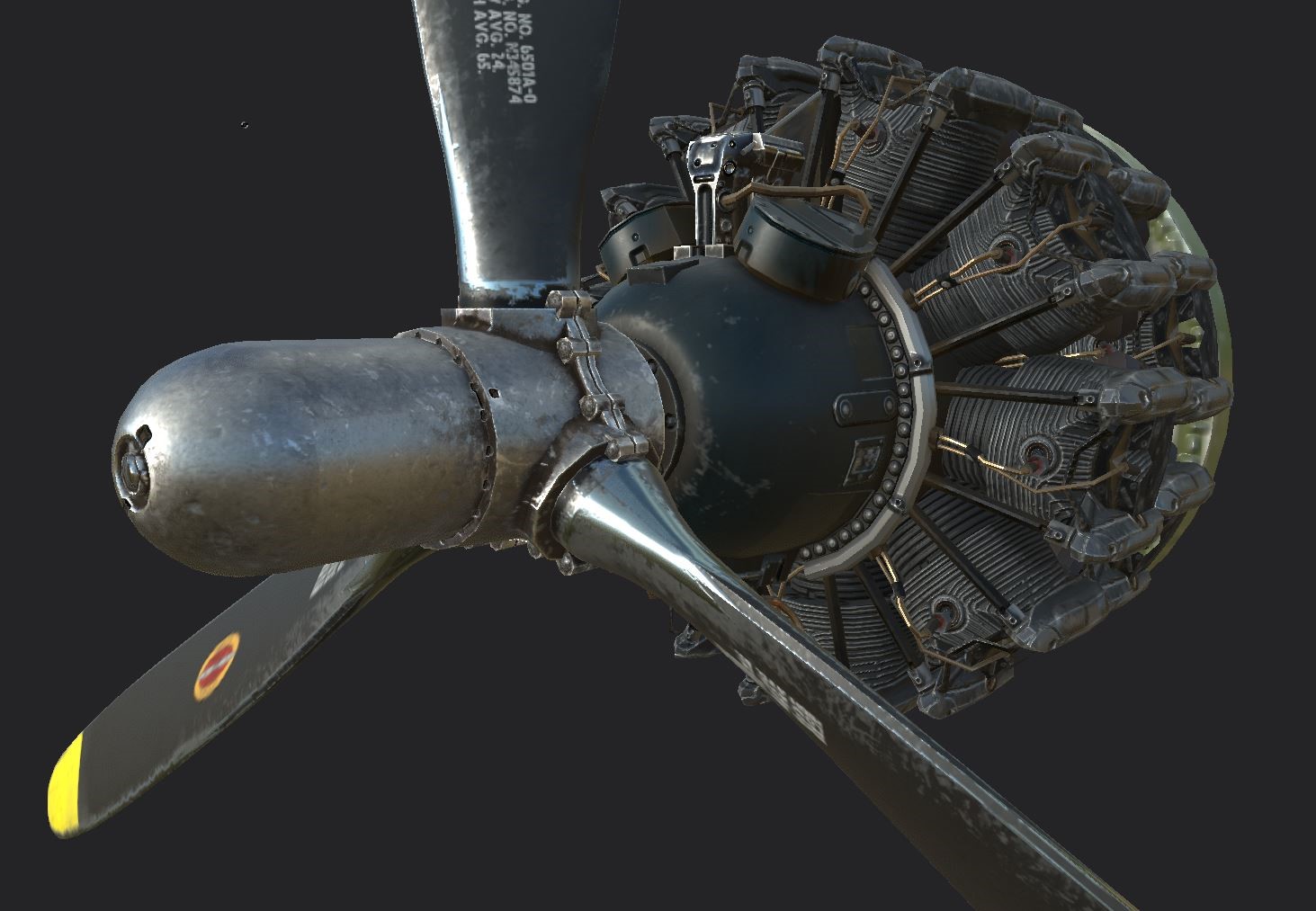
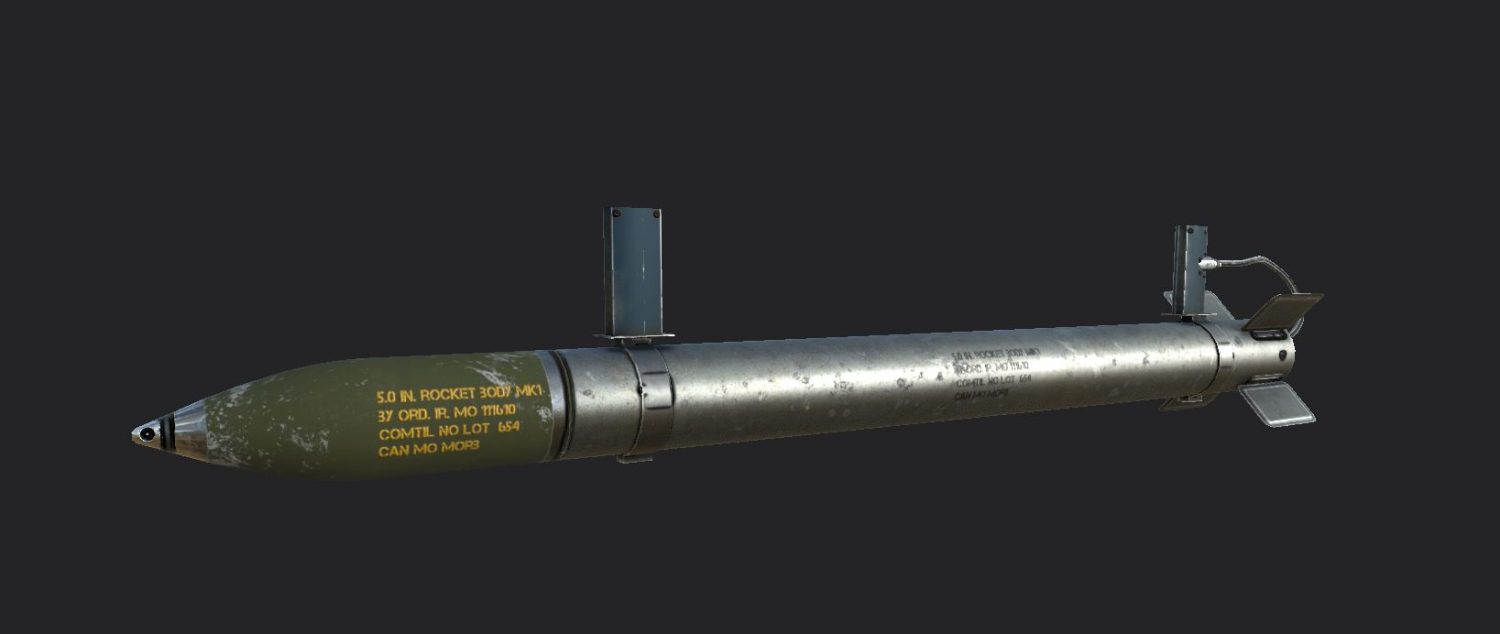
MiG-21bis:
Despite what one might think, the MiG-21Bis is not long and forgotten.
As told in the New year update, work on the 21’s cockpit fixes are coming along. We’ve also most recently improved the R3S missiles performance based on gathered and user provided references. We also continue our work on other mentioned issues.
As for the cockpit, the hardest and most frustrating job is scaling the virtual pit, into the external model. It’s progressing slowly and there are some issues that need to be dealt with before release. With that said, here are the proposed steps introducing the new pit once it is complete.
- Size and Fit into external model, and use original textures. Of course we’ll include a cleaner canopy at this point. This’ll be released as a bandaid for VR users. Afterwards….
- Begin creating a new mesh to negate any performance hits, and to help create better geometry for the new PBR texture workflow.
- Test n Release…
Now this does come with shortcomings as the position of the ASP symbols will change in relation to the gun barrel, and pilot’s view point
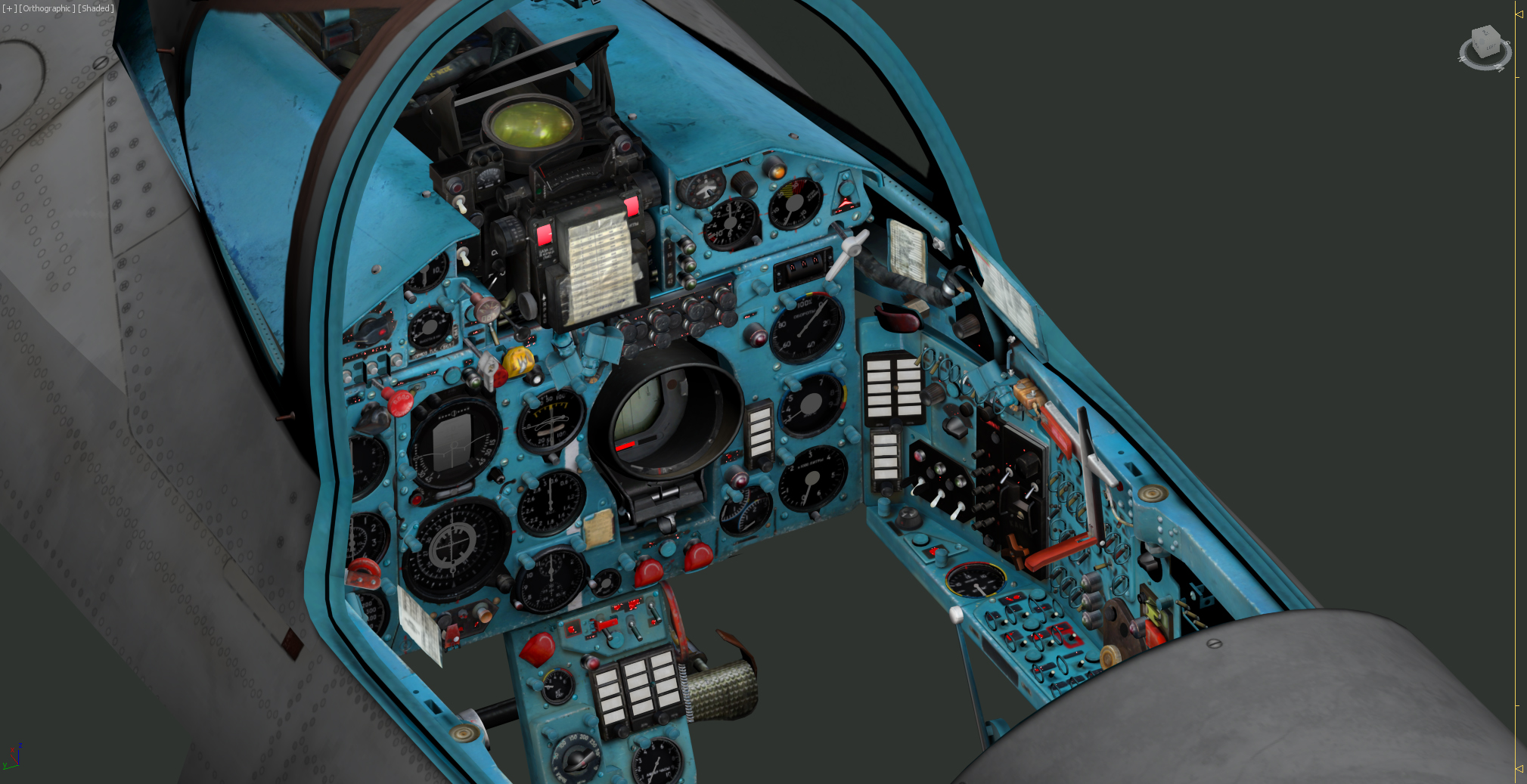
The external model is also getting some love by fixing the spine’s mesh merging into the tail…Yes, that does mean slight modifications of camo patterns, but our artist used his best skills to mitigate any major texture changes. Rivets on the tail have been changed to reflect the ‘bis’ variation and not the ‘MF’ that is currently laid out.
- A new, easy to use template along with a sample mesh will be available before the new mesh is released.
We have also been thinking about texture weight taking up users’ bandwidth, virtual memory and HDD/SSD space. It’s no secret our MiG-21bis uses a whopping 6GB of space and we want help reduce it!
- Liveries have been split back into 6 x 4K sets, plus some 1 and 2K sets.
- The new BC7 DDS compression will be used to keep the same quality, but lower the file size even more than the standard nVidia DDS plugin.
- And we are still planning to reduce all 4K textures to 2K as the standard install. We will put the high resolution 4K Liveries on our website for those that can afford the performance. But not after some internal testing.
Finally, the introduction of overwing vapor is on the horizon! There are not many photos or videos showing the delta wing’s effects, but we think we have nailed it and will include it in a huge update along with the cockpit, external, and cockpit meshes!
See you in the skies!


